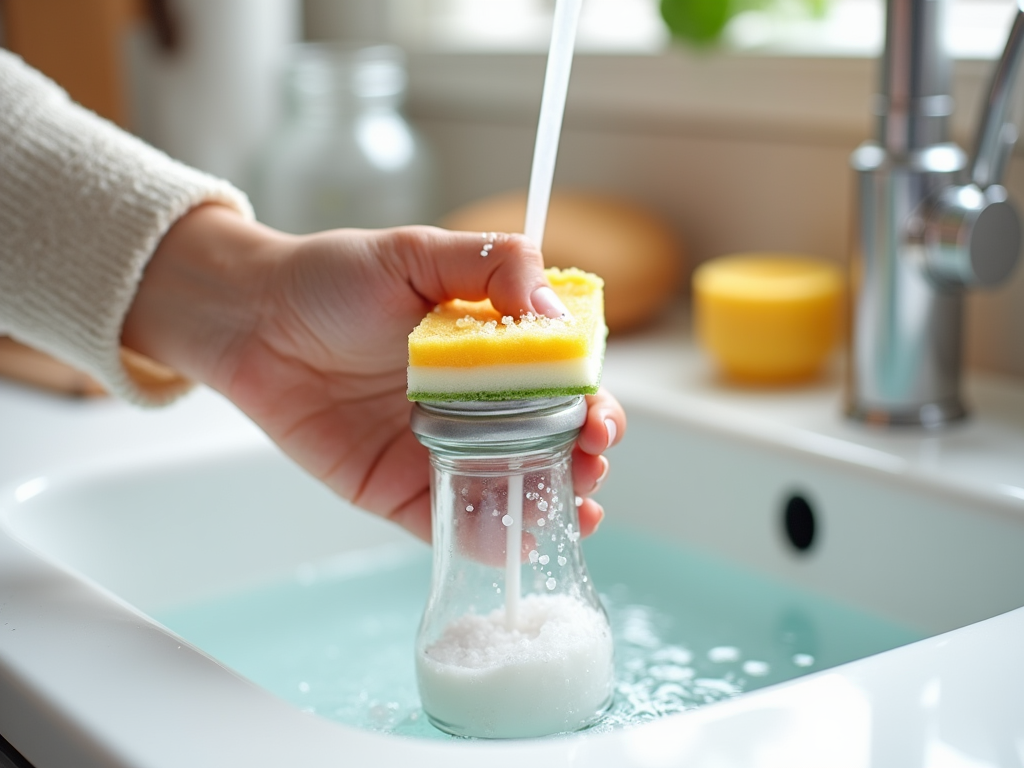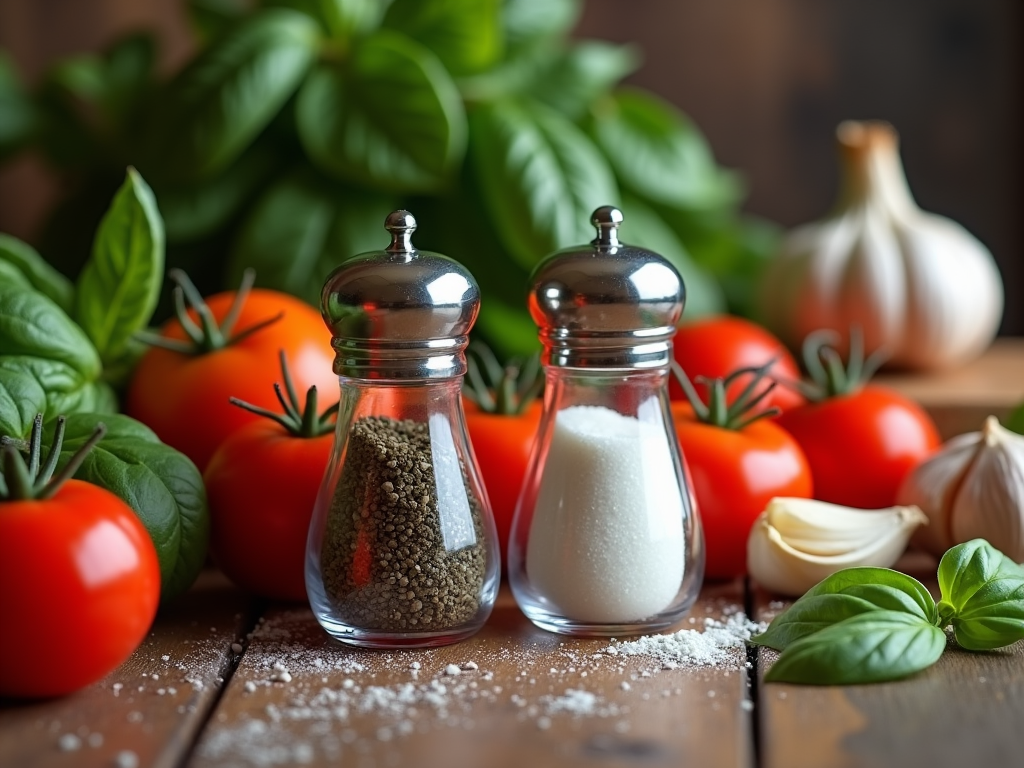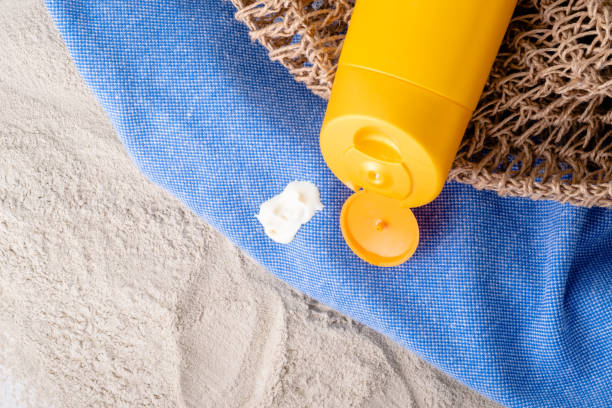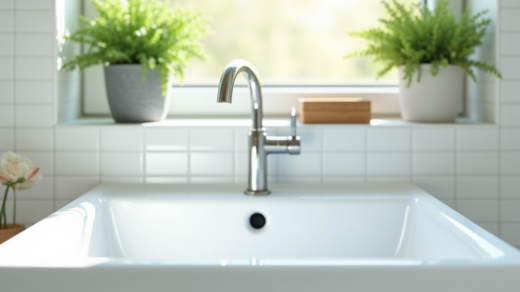The kitchen is often considered the heart of the home, and every detail counts in its upkeep. While we diligently maintain our cookware and countertop surfaces, common kitchen items like salt and pepper shakers frequently get overlooked. Many people believe that since these shakers contain seemingly inert ingredients, they don’t require much attention. However, neglecting to clean your salt and pepper shakers can lead to hygiene issues, affecting both flavor and health. In this article, we will explore the reasons behind keeping these shakers clean and provide you with practical methods for doing so. Let’s dive into the world of kitchen cleanliness and find out why your condiments deserve some TLC.
Why Cleaning Salt and Pepper Shakers Matters

When it comes to the hygiene of kitchen items, salt and pepper shakers rank near the top, albeit often unrecognized. Consider that spices can attract moisture, and sometimes even insects, leading to the development of bacteria and mold. Regular cleaning prevents the buildup of grime, ensuring that you sprinkle only the freshest flavors onto your dishes. Moreover, old salt and pepper can lose their potency over time, making every meal less delightful than it could be. Keeping your shakers clean not only enhances flavor but also minimizes the chances of foodborne illnesses. Thus, a simple cleaning routine can greatly enhance your overall dining experience.
How Often Should You Clean Them?

The frequency of cleaning your salt and pepper shakers depends on how often they are used. For heavy users, a weekly cleaning routine may be ideal, while lighter users can extend this to once every few weeks. Yet, there are specific scenarios that might call for more immediate attention. For instance, if you’ve recently used flavored salts or have shakers that seem to collect moisture, don’t wait for the regular schedule. Here are some guidelines to help navigate your cleaning schedule:
- If you use your shakers multiple times a day, clean them weekly.
- For moderate use, aim to clean them bi-weekly.
- After spills or noticeable residue, clean them immediately.
While the frequency gives you a guideline, your shakers will often tell you when it’s time to clean them. Look out for specific visual indicators that signify a cleaning is due. These include:
- Discoloration on the exterior or within the shaker.
- Any residue buildup around the holes or on surfaces.
- Unpleasant or unusual odors that emanate from the shaker.
Cleaning Methods for Salt and Pepper Shakers
Different materials used in salt and pepper shakers might call for varying cleaning methods. Glass shakers, for instance, can generally be cleaned more aggressively than plastic ones. If your shakers are metal, be cautious as they may be prone to scratches or corrosion with abrasive cleaners. Here’s a handy reference to some common materials and the respective cleaning methods:
| Material | Cleaning Method |
|---|---|
| Glass | Warm soapy water or dishwasher-safe |
| Plastic | Hand wash with mild soap |
| Metal | Wipe down with vinegar and water |
Equipping yourself with the right cleaning tools can simplify the process immensely. Here’s a list of supplies that work wonders:
- Warm soapy water
- White vinegar
- Baking soda for tough stains
- A soft cloth or sponge
Step-by-Step Cleaning Instructions
Cleaning your salt and pepper shakers doesn’t have to be a chore. Follow these straightforward steps for effective results:
- Remove any contents from the shakers.
- Disassemble the shaker if possible; this may include unscrewing the top.
- Soak the pieces in warm, soapy water for 15 minutes.
- Scrub gently with a soft sponge, paying attention to all crevices.
- Rinse thoroughly under warm water to ensure no soap is left behind.
- Dry completely using a clean towel or allow them to air dry upside down.
The drying process is crucial in preventing moisture that can lead to clumping. Ensure that every part is thoroughly dried before reassembling. Leaving any moisture can compromise the quality of the salt and pepper, potentially causing them to become sticky or clump together. Storing your shakers in a dry place is also advisable, as humidity can lead to deterioration. Once they are completely dry and reassembled, you can refill and enjoy them again!
Conclusion
Maintaining cleanliness in your kitchen extends to every item, including your salt and pepper shakers. By recognizing the signs that indicate when they need cleaning and adhering to a routine, you can dramatically improve both hygiene and flavor. Remember, a clean kitchen is a happy kitchen, and that happiness is reflected in the meals you prepare. Taking a little time to care for these often-overlooked items will not only keep them looking great but also contribute positively to your overall cooking experience.
Frequently Asked Questions
- Can I put my salt and pepper shakers in the dishwasher? It depends on the material; always check the manufacturer’s guidelines.
- What happens if I never clean my shakers? Bacteria can build up, and flavors may be compromised, affecting your meals.
- Is it safe to use bleach on my salt and pepper shakers? No, bleach can leave residual chemicals that may contaminate your spices.
- What is the best way to dry my shakers after washing? Use a clean towel or let them air dry completely to prevent moisture buildup.
- How can I prevent my shakers from clogging? Keep them clean and avoid overfilling them, which can lead to caking and blockage.


